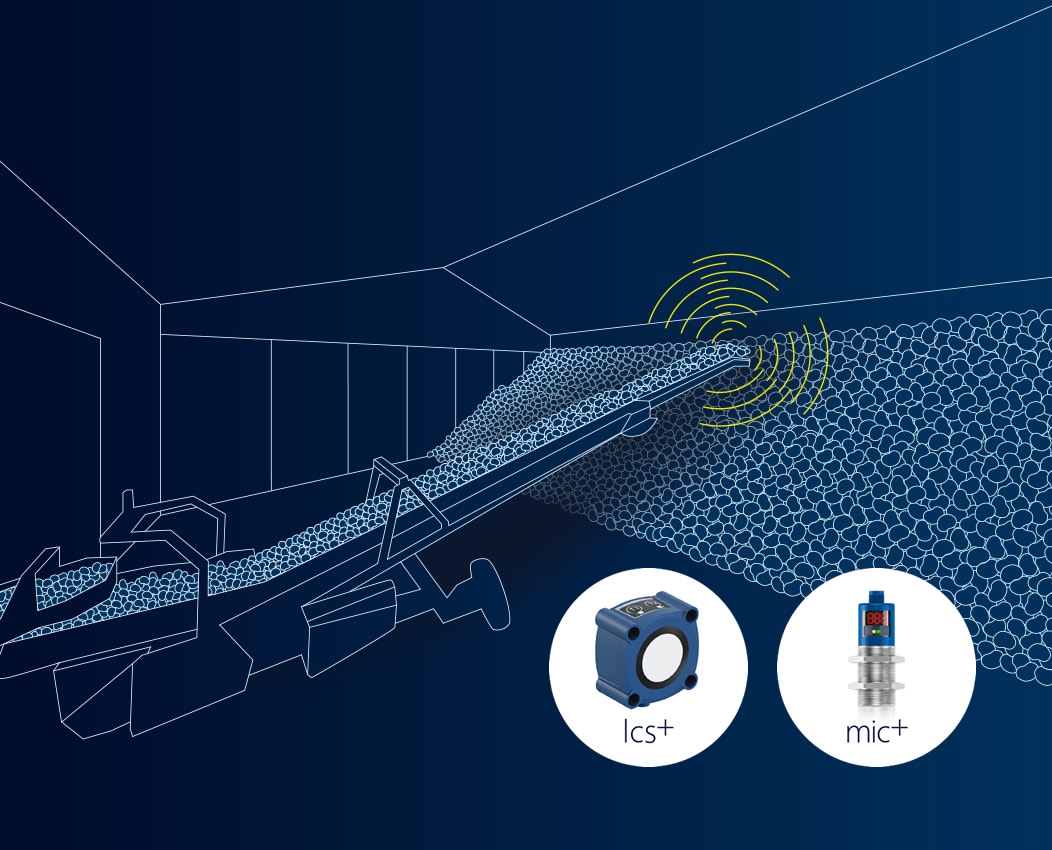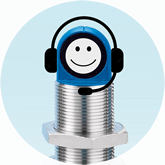논 밭에서 선반까지: 마이크로소닉 초음파 센서는 논밭 및 과수원 에서의 수확과 자동화된 축산업에 모두 적합합니다. 당사의 초음파 센서는 농부들이 정확한 파종을 할 수 있도록 도움을 줍니다. 논밭과 과수원에 최적으로 비료를 공급하고, 작물을 정확하고 안전하게 수확할 수 있습니다.
-

 저장 호퍼 충돌 방지 및 낙하 높이 모니터링 센서
저장 호퍼 충돌 방지 및 낙하 높이 모니터링 센서
